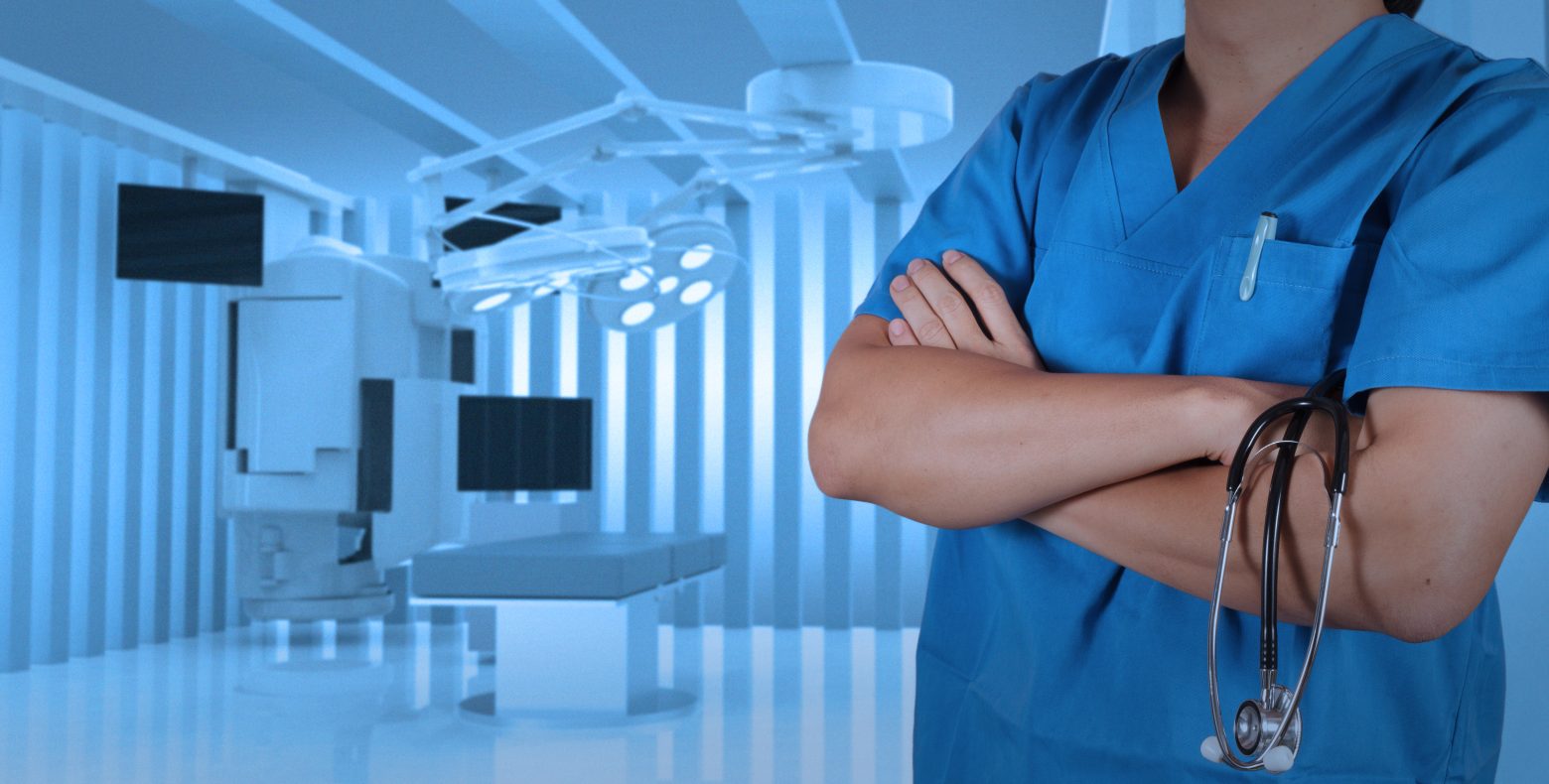Can AI Replace Doctors?

In the movies, we often see robots making diagnoses, prescribing treatments, and performing surgery without human help. Some people write this off as make-believe, but others believe it could be a reality soon. The global market for medical AI is growing quickly, and the only question is when robots will replace doctors.
This study looked at how well doctors can diagnose whether or not cancer treatment is working, with and without the help of a computer program. The program is designed to give doctors more information about cancer so that they can make more informed decisions. The study had 157 patients with bladder cancer. Each had a CT scan before and after chemotherapy. Seventeen doctors were asked to look at the scans and decide if the treatment was working, without and with the help of the computer program. The study found that the computer program helped doctors to be more accurate in their diagnoses.
Complex Technology Needs Professionals to Handle It
With more advanced digital health solutions available, we will need more competent and qualified medical professionals. For example, consider the surgical robot, the da Vinci Surgical System. The robot has a magnified 3D high-definition vision system and tiny instruments that can rotate and bend much further than any human hand. But surgeons will need to learn how to operate it, which will take practice.
We Want Human Connection
The world of technology has many great solutions, but it would be hard for any of them to show empathy. It is building trust and being compassionate and responsive in a way that makes the other person feel understood. Nobody would trust a robot or AI algorithm with a life-threatening decision.
Where Will AI Help Doctors?
Providing Data to Make a Decision
IBM Watson is a program that helps cancer doctors choose the best treatment for their patients. The program gives the doctors evidence-based suggestions for treatments, but the final decision about which treatment to use is always up to the doctor and the patient. No computer program or robot can make such complex decisions—they can only provide data. The interpretation of that data will always be up to humans.
Reduce Paperwork Pressure
Doctors, nurses, and other medical staff must do many tedious, rugged, and repetitive daily tasks. According to Justin Porter from the University of Chicago, primary care physicians followed nationally recommended guidelines for preventive, chronic disease, and acute care, then it would take 26.7 hours per day to see an average number of patients. They learned that even team-based care would decrease the time by over half, but it would still be excessive.
Supporting Clinical Decisions
The best results come when people and technology work together.
These could be solutions to automate unnecessary paperwork, and CDSs can also help with diagnoses.
A 2021 study showed that Deep-Learning-Based Breast Cancer Diagnosis is more accurate. Because it is hard for radiologists to tell if someone has brain cancer by looking at their scan, this article talked about different types of neural networks that have been used in the past to detect and classify breast cancer. This study examined how doctors can take pictures of breast cancer to figure out what cancer it is. They talked about the good and bad parts of each method. They also looked at how well each way works and what can be improved.
The study concluded that with the introduction of newer deep-learning network designs, breast cancer categorization would be an active area of research for a while. Deep-learning-based models are much less likely to produce inaccurate results.
AI and Clinicians’ Collaboration Can Improve Judgment
The study is part of an NIH-funded project led by Hadjiyski and Ajjai Alva, M.D., an associate professor of internal medicine at U-M, to develop and evaluate biomarker-based tools for treatment response decision support of bladder cancer.
Most kinds of doctors are among the more challenging professions to replace with AI. Of course, AI can do a decent job at diagnostics, and that field is constantly evolving. But the human body is very complex, and people crave contact with a doctor when something is wrong with them. The closest match apps is replicating a GP, but these are useful in extreme cases where a human GP is unavailable.
CDSs are the Most Common AI-Clinician Interaction That Helps Make a Better Diagnosis
Clinical Decision Support Systems (CDSs) help with patient safety, clinical management, diagnostics support, cost containment and administrative functions. However, CDSs are helpful only if they are designed well. To avoid common mistakes, check this article for the best practices.
What’s Next?
AI & ML tools help as a second opinion to assist clinicians, but they are not proof of mistakes, so the human stays in the center. A collaborative approach based on rigorous testing and still led by professional clinicians has shown to be the most beneficial for patients. AI can help doctors to be more efficient, make fewer mistakes, and work more smoothly, and one of the most frequent forms of that is CDSs.
Technology plays a significant role in healthcare, and you can use it to your advantage. As a result, humans’ problem-solving skills and creativity combined with the computing power and cognitive resources of technology can bring the best for patients.
